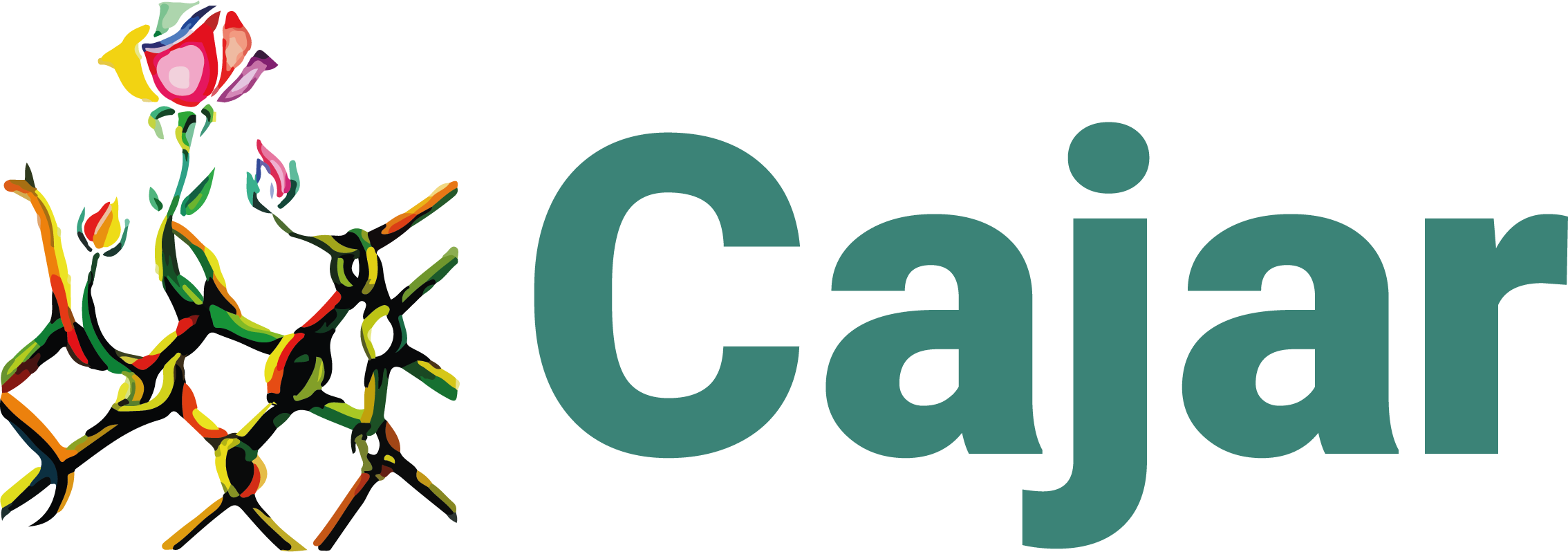The Colombian State recognized its international responsibility for violating the rights to life, integrity, and personal liberty of the victims of the Massacre of Mapiripán in a brief dated March 4, 2005. The State apologized in the following terms: it “expresses its deep respect and sympathy for the victims of the facts that took place in Mapiripán between July 15 and 20, 1997, and remembering them it expresses its regret and apologizes to their next of kin and to Colombian society.”
In that brief, the State explicitly acknowleged the facts narrated in the following two paragraphs:
On July 12, 1997, approximately one hundred members of the United Self-Defense Forces of Colombia (Autodefensas Unidas de Colombia, AUC) landed at the San José de Guaviare airport. The Colombian Army allowed the planes to land and provided its trucks to transport the paramilitaries to Mapiripán. At dawn on July 15, 1997, more than 100 armed men surrounded Mapiripán by land and river. The paramilitaries wore clothing used exclusively by military forces, carried short- and long-range weapons whose use was restricted to the State, and used high-frequency radios. Upon arrival at Mapiripán, the paramilitary forces took control of the town, the communications, and the public offices, and proceeded to kidnap, kill, and intimidate the inhabitants. The Army collaborated in supplying munitions and communications. The Office of the Attorney General of Colombia concluded that the commanders of Brigade VII and of Mobile Brigade II demonstrated complete functional and operational inactivity despite knowing about the massacre.
The testimonies of the survivors indicate that on July 15, 1997, the AUC separated out 27 individuals who were tortured and dismembered by a member of the AUC known as “Mochacabezas.” The paramilitaries stayed in Mapiripán from July 15 to 20, 1997, during which time they impeded the free movement of the municipality’s inhabitants and continued to torture, dismember, eviscerate, and decapitate individuals and throw their remains into the Guaviare River. Once the crimes had been committed, the AUC destroyed much of the physical evidence, in order to obstruct the gathering of proof. The Mapiripán massacre was carried out with logistical support from and with collaboration, acquiescence, and omissions on the part of members of the Colombian Army. The Army’s omissions included failing to cooperate with the judicial authorities who tried to reach the scene of the crime.
In terms of this massacre and others that have been reported to the inter-American system with regard to Colombia, human rights bodies have had the challenge of precisely determining the victims given the nature of the events, the participation of the State in those events, and the State’s failure to meet its obligation to immediately investigate the crimes committed. Hence, to determine the identity of the victims it is essential to have the information provided by the parties to the process and witness statements. In this case, more than the witnesses’ declarations, the reconstruction of the events was based primarily on the body of evidence of the Attorney General’s Office of Colombia and on the information and official documentation the Colombian government provided in domestic proceedings and in the proceedings before the inter-American human rights system.
First, the Colombian State took the testimony of Mariela Contreras – the person who recently changed her testimony – on October 17, 2002, before she was represented by the petitioners in the inter-American system. This testimony not only was not called into question by the State, but it was used by the Colombian Attorney General’s Office itself in the trial over the Mapiripán massacre. Likewise, on April 6, 2005, in a written response to interrogatories of the judges of the Inter-American Court, presented as an annex to the Colombian State’s final pleadings in the case, after a thorough and detailed description of the efforts undertaken to identify the victims of the Mapiripán massacre, the State expresses: “it is thus evident that the job of the Colombian Attorney General’s Office to search for, locate, and identify the totality of the victims has been its objective since July 22, 1997, when the agency, in fulfillment of its constitutional and legal obligations, took on the investigative tasks toward this end, through the Section Public Prosecutor of Villavicencio, in the department of Meta.” Further on, it adds: “To illustrate to the Honorable Court, a summary table of the victims according to the criminal proceeding is provided.” It presents a list of 24 deceased or disappeared victims, in which the State identifies as victims three family members of Mariela Contreras: Gustavo Caicedo Rodríguez, Fernando Martínez Contreras, and Diego Armando Martínez Contreras.
For almost a decade, the Colombian State has had knowledge of the fact that these persons had been determined to be victims of the Mapiripán massacre, and at no time did it call it into question.
The Commission reiterates that it is the State’s obligation to properly investigate the human rights violations that have occurred in Colombia, which have cost the lives of thousands of Colombians and have taken place with the proven acquiescence or participation of agents of the State. In addition, it reiterates its recognition of the Colombian human rights organizations that over these last decades have carried out their work of defending human rights in situations of serious risk. This has cost the lives of human rights defenders and has led the Inter-American Commission to repeatedly ask the Colombian State to respect and protect their efforts.
Finally, any alleged fraud that may exist in this or other cases should be duly investigated by the Colombian State.
A principal, autonomous body of the Organization of American States (OAS), the IACHR derives its mandate from the OAS Charter and the American Convention on Human Rights. The Inter-American Commission has a mandate to promote respect for human rights in the region and acts as a consultative body to the OAS in this matter. The Commission is composed of seven independent members who are elected in an individual capacity by the OA
